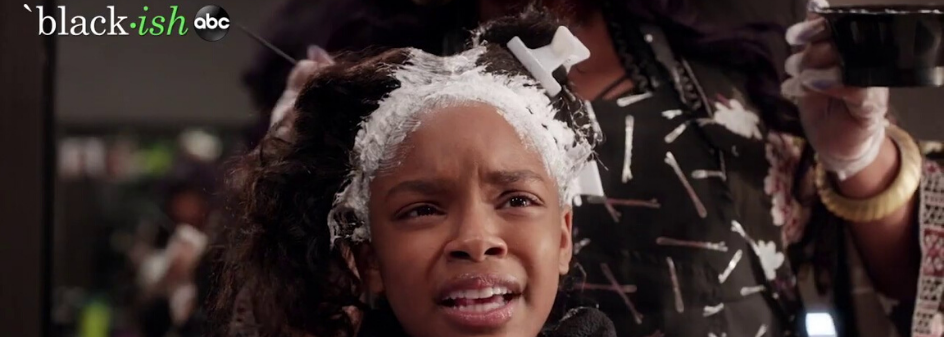Starting your loc journey can be an exciting and transformative experience, but it’s important to understand the process so you can fully embrace each stage. While the journey may be challenging at times, it’s also beautiful and rewarding.
In this article, we’ll walk you through the key stages of the loc journey and provide tips on how to maintain and care for your locs as they mature.
The Three (or Four) Stages of Locs
The loc journey typically consists of three main stages, though some may consider an additional transitional stage. These stages are: the baby stage, the teenage stage, and the adult (mature) stage. Understanding each stage will help you know what to expect and how to care for your hair.
The Baby Stage (1-6 Months)
The first stage is often referred to as the "baby" stage. This stage can be a bit frustrating for some people. During this stage, your hair will begin to form into small ringlets or "comb coils." After your initial installation, you’ll need to return to your loctician every 4-6 weeks for touch-ups, like re-coiling and re-washing.
It’s common for your hair to come undone when it gets wet during this stage, but this is completely normal. Think of your hair as a "baby" that needs nurturing—just like a baby’s growth and development, your locs need time to mature and become stronger.
It’s important not to compare your locs to others during this stage, as hair growth and locking patterns differ for everyone. This stage can last anywhere from 1-6 months depending on your hair type, so be patient and allow your hair to find its natural rhythm.
The Teenage Stage (6-18 Months)
Once your locs start to hold their shape and no longer come undone after washing, you’ve entered the teenage stage. During this phase, your locs will become thicker, poofier, and fuller, similar to the growth spurt that a teenager experiences. This is when your locs need the most guidance, so it’s crucial to continue regular maintenance to ensure they grow in the right direction.
At this point, you may still experience some frizz, but don’t worry—this is normal. The key during the teenage stage is to avoid combing through your locs, as this can delay the locking process. Instead, focus on guiding the loc from the root to the tip with consistent twisting or retwisting.
Shedding may occur, which is normal, as your hair is still adjusting and maturing. Use techniques like double-clipping to help maintain shape and structure, and keep the locs twisted all the way from the root to the tip to avoid them loosening.
The Adult Stage (18+ Months)
The adult stage is when your locs fully mature and solidify into their permanent form. The poofiness and frizz will decrease as your locs become more compact and uniform in size. Some people overlook the fact the as the roots will still continue to grow, which means that your locs will constantly evolve. Even as your locs mature, you'll always have a mixture of the baby, teenage, and adult stages in your hair at any given time from your baby root growth to your mature tips.
At this point, the shedding will be less noticeable, and your locs will become much more solid. You’ll likely see some shrinkage as your locs settle into their final size.
How to Start Locs: Choosing the Right Method
There are several ways to start your loc journey, but comb coils is the most traditional and recommended method. This technique uses a comb to twist the hair into small coils, which eventually lock and form into locs over time. While this method is simple and effective, it's essential to seek the advice of a professional loctician and schedule a consultation. They can assess your hair type, recommend the right size for your locs, and ensure the technique is performed correctly.
When you visit a loctician, it’s important to be clear about what you want from your locs. Choose the size, shape, and style you envision for your hair and communicate that clearly during your consultation. Having a consultation with a loctician you trust is key to ensuring you’re on the right path.
Maintaining Your Locs: Products and Tips
To care for your locs as they go through each stage, it’s essential to use the right products. The right products help maintain clean, healthy locs and promote their growth. Here are some basic products you’ll need:
- Pre-Cleanse: This is especially important if you have a flaky scalp or an accumulation of product buildup. Dr Locs Pre Cleanse will prep your scalp and hair for your locs and prevent any buildup from forming along the way.
- Yasin Shampoo: The Yasin Shampoo was designed with locs in mind. It's a shampoo that won't strip your hair, but rather, will add moisture as it cleanses your scalp and locs. It works hand-in-hand with the Pre-Cleanse to really give you that fresh and clean look and feel. A little goes a long way, so use sparingly to avoid stripping your hair.
- Amla Extract Conditioner: This will help add that moisture your locs need and crave to stay healthy and hydrated between each wash day.
- Jinan Moisture Mix: After washing, towel-dry your locs and apply this mix to lock in moisture.
- Imani Locking Spray: Use the Imani Locking Spray to retwist your locs at the roots.
- Yaya Oil: At the very end of your hair care routine apply this oil for extra hydration and shine. This will lock in all that yummy moisture from the Amla Extract and Jinan moisture mix. This combination of oils is our very favorite because it doesn't leave a greasy feeling behind. It's so good our customers even use it on their skin - your hair and skin will just drink it up!
- Clips: Invest in some good-quality clips for retwisting your locs, as they will help hold the sections in place while they set.
Avoiding the "Ugly Phase"
Many people get frustrated with the "ugly phase" of locs, but with patience and proper care, you can get through it with minimal frustration. The key is to trust the process and avoid combing through your locs, as this can interfere with their natural locking process.
If you want to avoid the frustration of this stage, working with an experienced loctician is highly recommended. They can guide you through the baby and teenage stages and give you the tools to maintain your locs at home once they mature.
The Elder Stage
As your locs age, they will continue to settle and evolve. If your hair is thick, you may notice that your locs become slightly thinner over time. This is a natural part of the aging process for locs, but the change is often very subtle.
Final Thoughts
Starting your loc journey can be an exciting adventure, but it requires patience and care. Remember that your locs will grow and evolve through each stage, and every phase is beautiful in its own way. Whether you choose to maintain them yourself or with the help of a professional, the key is consistency and understanding the natural process your hair goes through.
By following the right steps, using the proper products, and seeking professional guidance, you’ll soon have healthy, mature locs that tell their own story.




